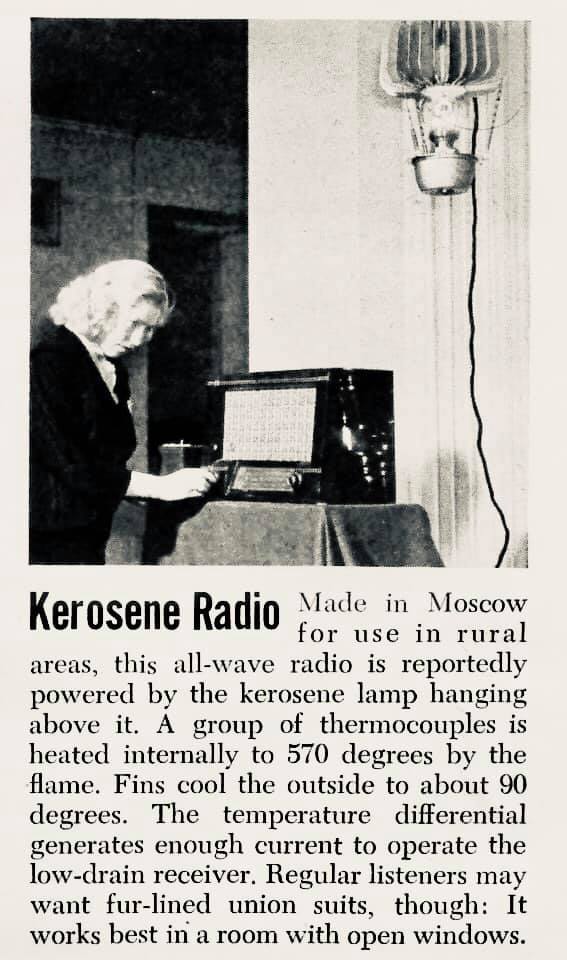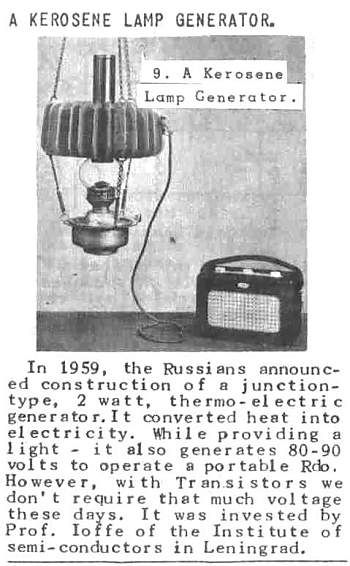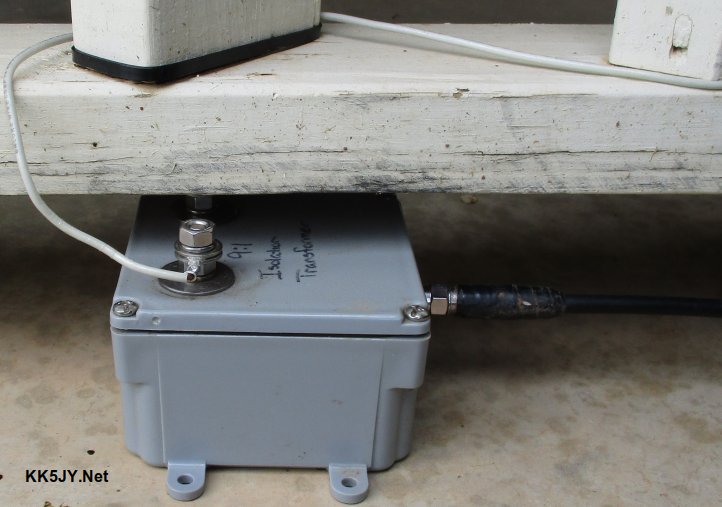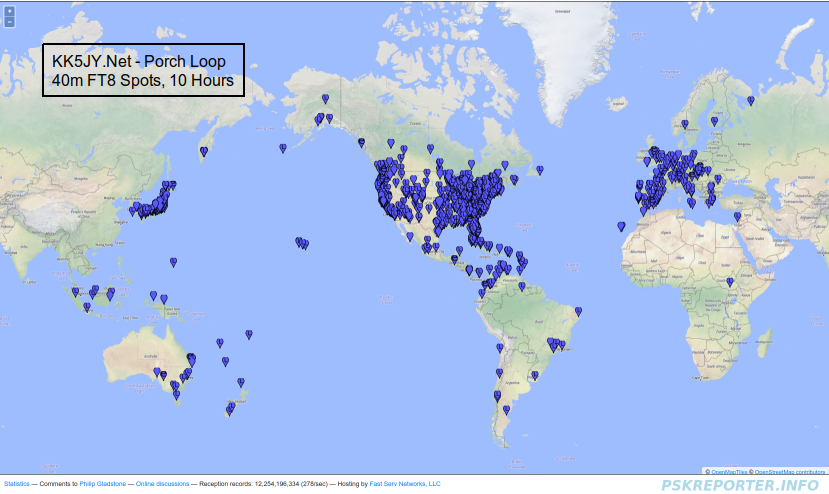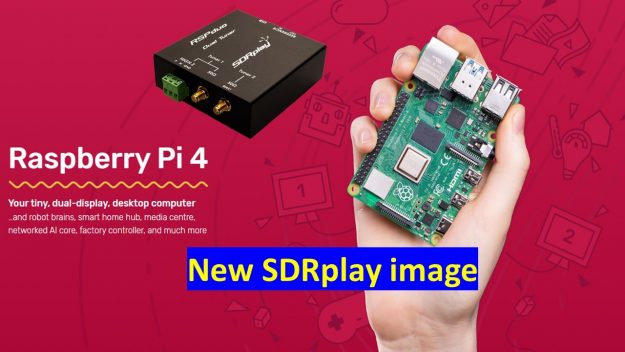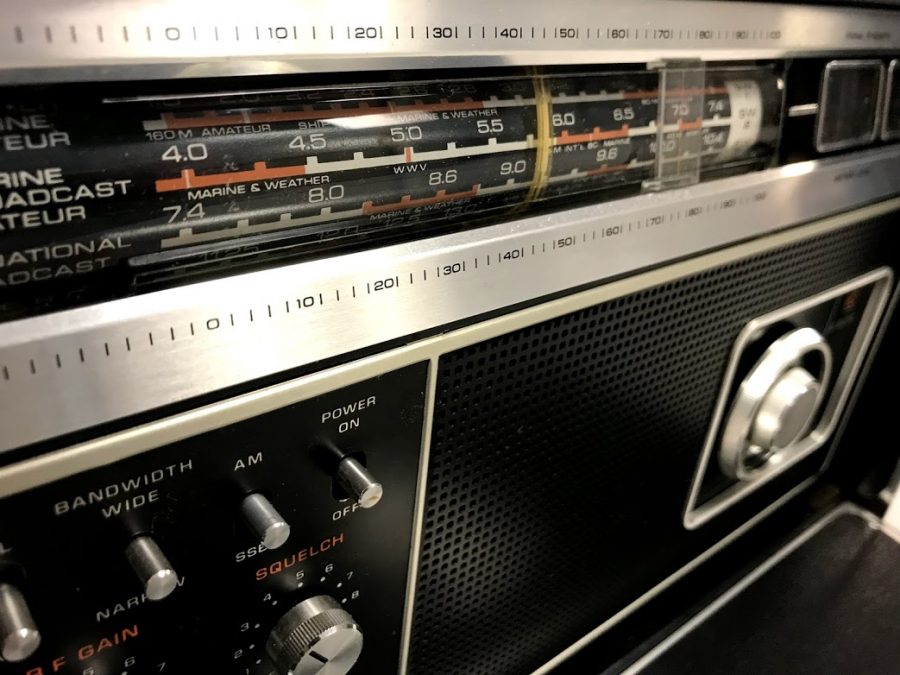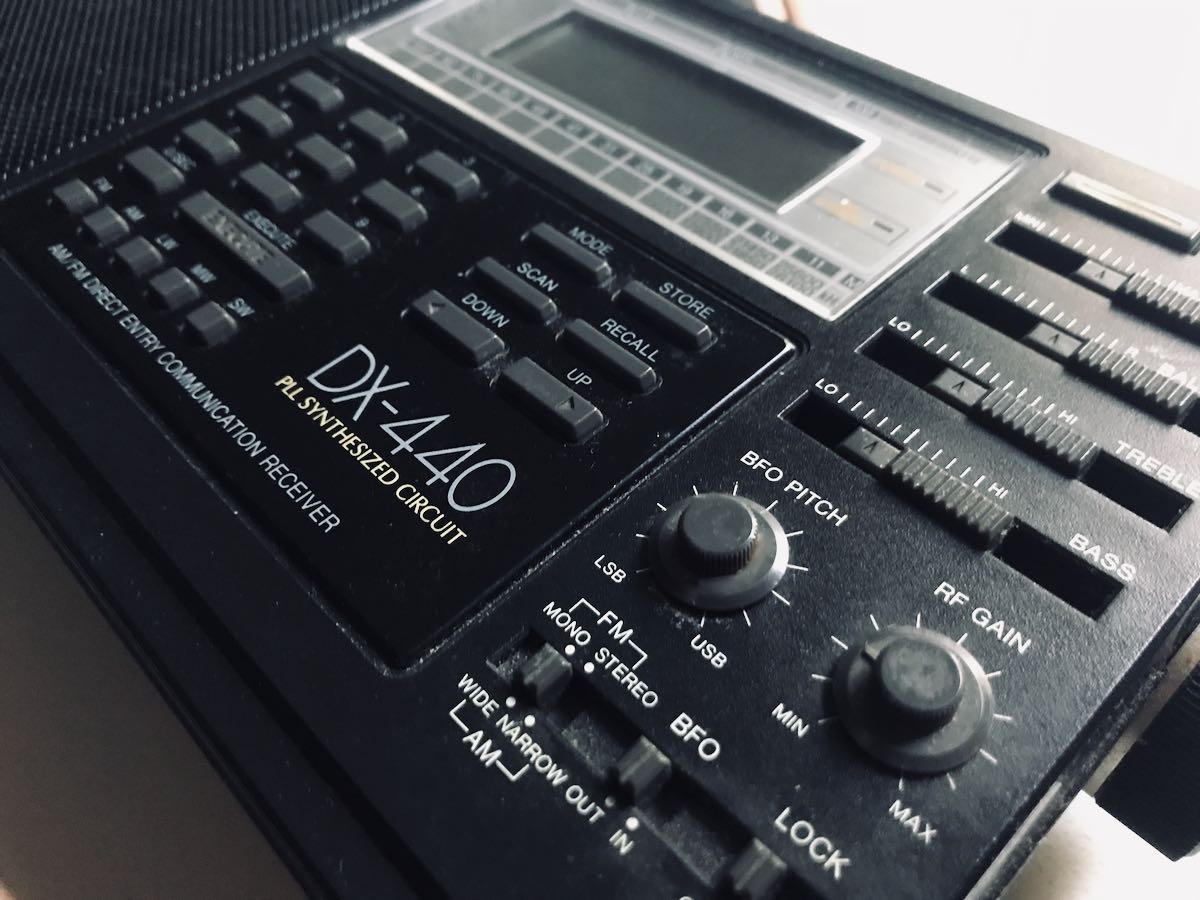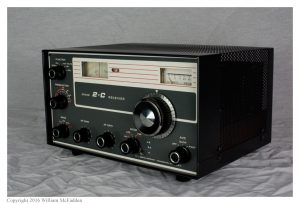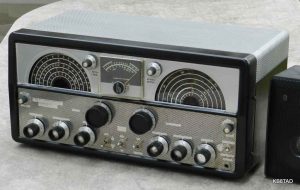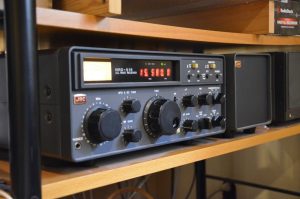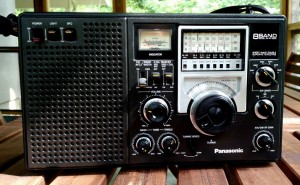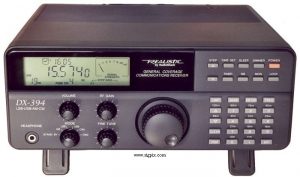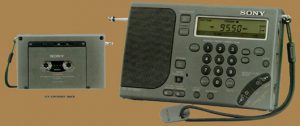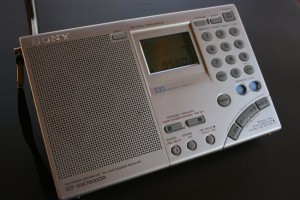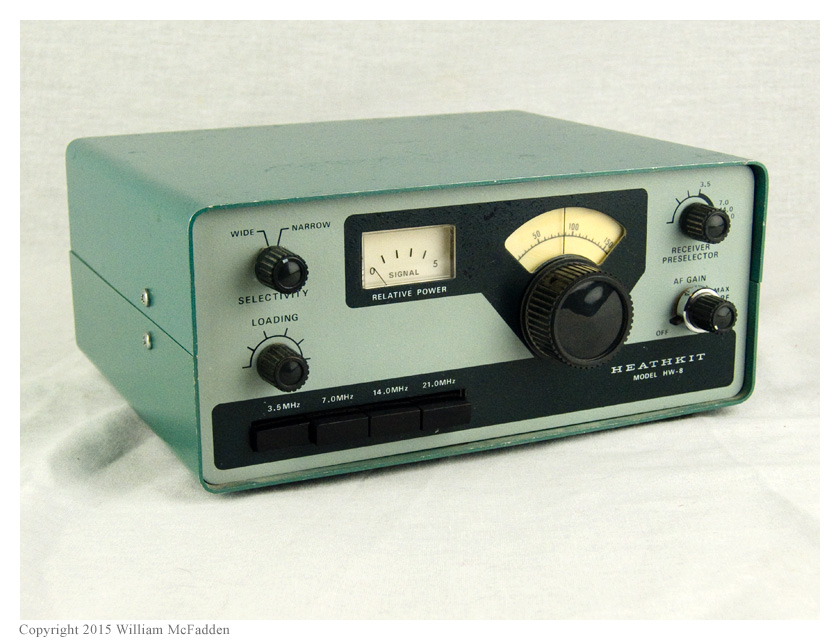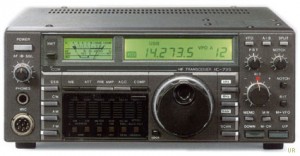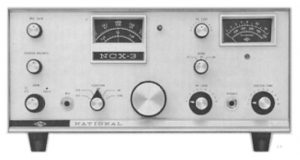From the Isle of Music, May 31-June 6:
This week, we enjoy a Cuban dance party with four new releases from the Bis Music label. Special guest Ricardo Oropesa will be with us for part of the program.
The broadcasts take place:
1. For Eastern Europe but audible well beyond the target area in most of the Eastern Hemisphere (including parts of East Asia and Oceania) with 100Kw, Sunday 1500-1600 UTC on SpaceLine, 9400 KHz, from Sofia, Bulgaria (1800-1900 MSK)
If you don’t have a shortwave radio or are out of range, you can listen live to an uplink from a listening radio in the Netherlands during the broadcast at
http://websdr.ewi.utwente.nl:8901/?tune=9400am
2. For the Americas and parts of Europe, Tuesday 0000-0100 on WBCQ, 7490 KHz from Monticello, ME, USA (Monday 8-9PM EST in the US).
If you don’t have a shortwave or are out of range, you can listen to a live stream from the WBCQ website here (choose 7490): http://www.wbcq.com/?page_id=7
3 & 4. For Europe and sometimes beyond, Tuesday 1900-2000 UTC and Saturday 1200-1300 UTC on Channel 292, 6070 KHz from Rohrbach, Germany.
If you don’t have a shortwave radio or are out of range, you can listen live to uplinks from various websdrs in Europe.
The Facebook page for the program is https://www.facebook.com/fromtheisleofmusic/
The Patreon page for the program is https://www.patreon.com/tilford
Uncle Bill’s Melting Pot, May 31 and June 2:
In the first half of episode 167, Egyptian orchestral and Iraqi oud music. In the second half, our monthly Radio Balcony segment has special guests and new music including Jesse Charbonnier from the USA, César Rodríguez from Colombia, Ramiro Pinheiro from Spain and Nic Bennett from the UK.
The transmissions take place:
1.Sundays 2200-2300 (6:00PM -7:00PM Eastern US) on WBCQ The Planet 7490 KHz from the US to the Americas and parts of Europe
If you don’t have a shortwave or are out of range, you can listen to a live stream from the WBCQ website here (choose 7490): http://www.wbcq.com/?page_id=7
2. Tuesdays 2000-2100 UTC on Channel 292, 6070 KHz from Rohrbach, Germany for Europe.
If you don’t have a shortwave radio or are out of range, you can listen live to an uplink from different web SDRs in Europe including a live uplink from a listening radio in the Netherlands at http://websdr.ewi.utwente.nl:8901/?tune=6070am
The Facebook page for the program is https://www.facebook.com/UncleBillsMeltingPot/
The Patreon page for the program is https://www.patreon.com/tilford
A second test broadcast of both programs will take place on 7440 kHz from Germany to rule out a bad day during the first test on Friday, May 29 from 1600-1800 UTC.



